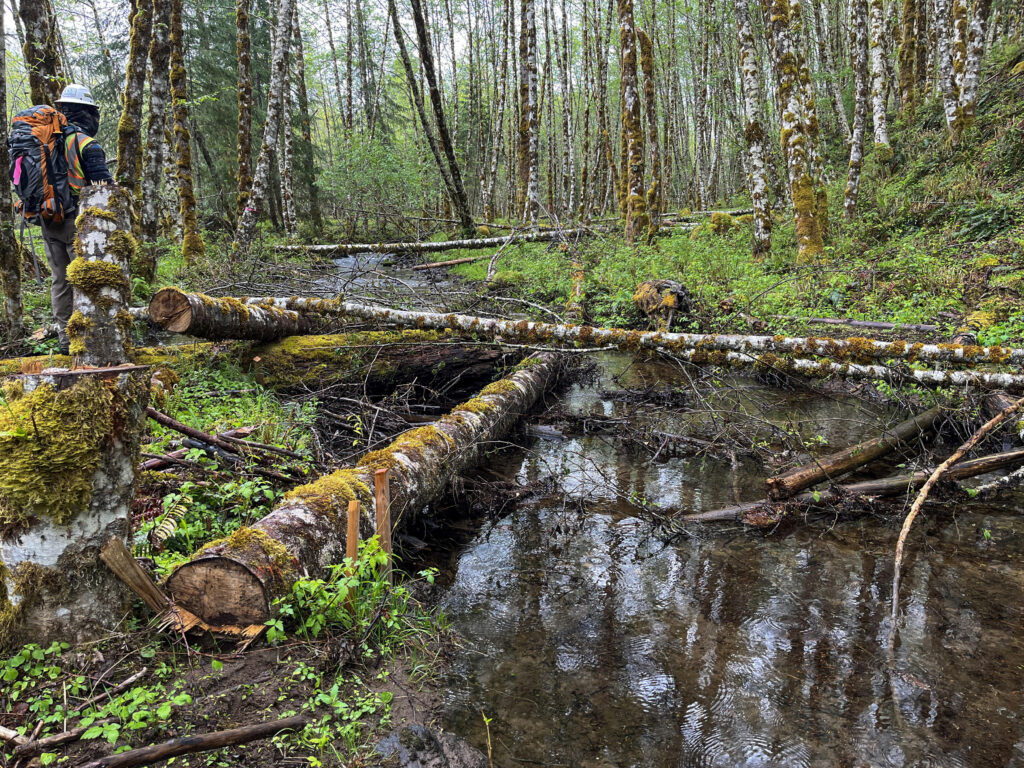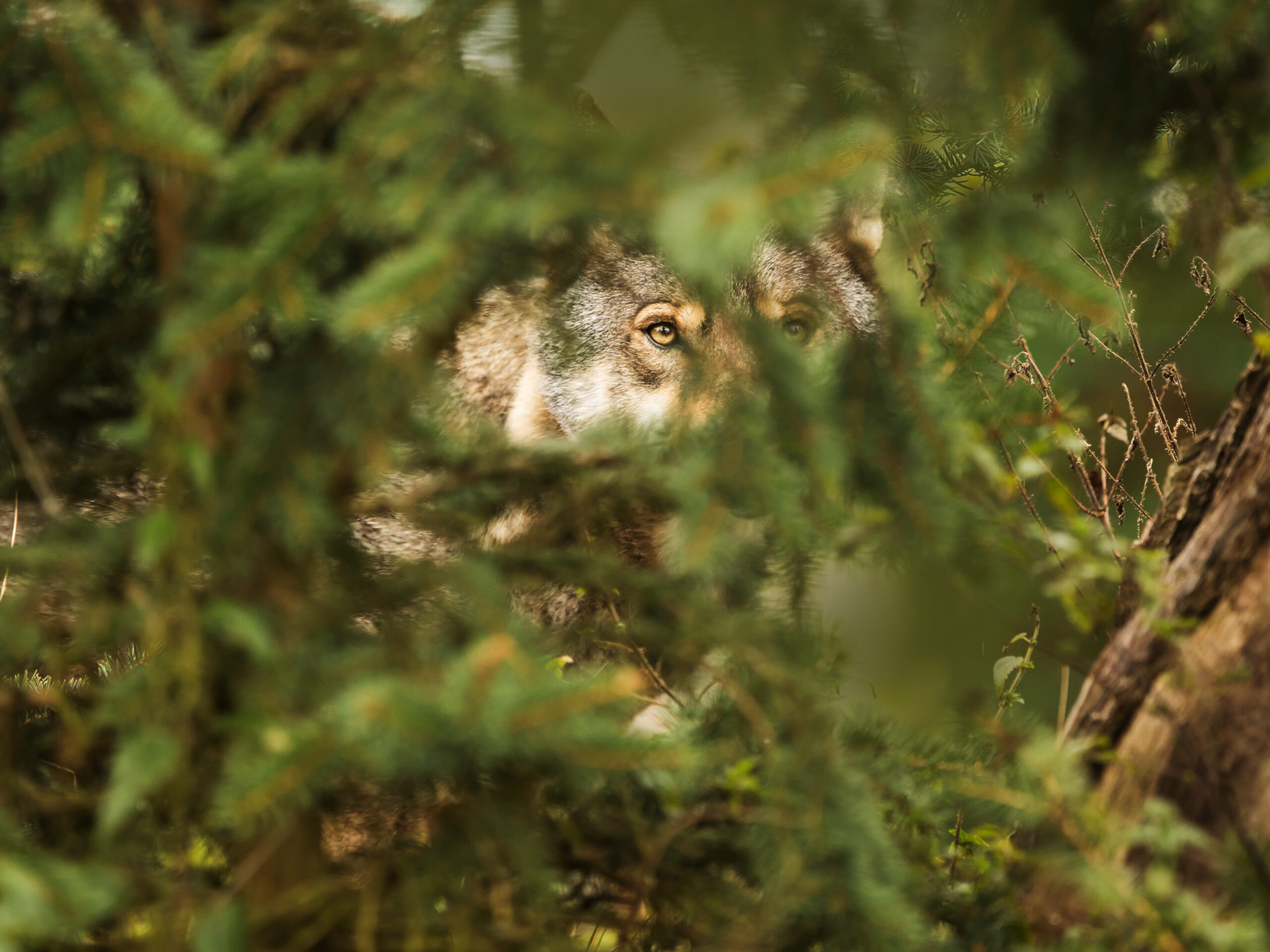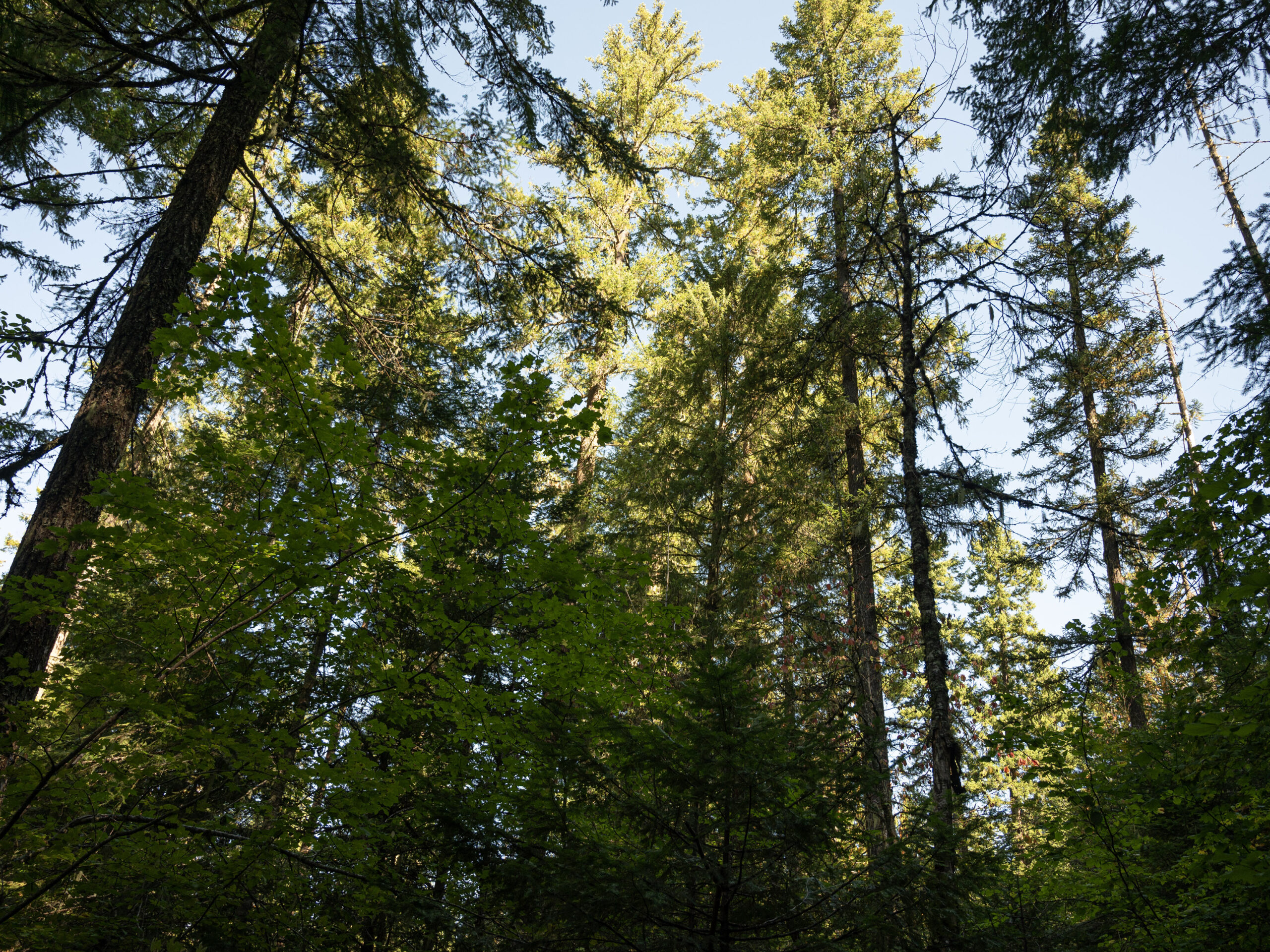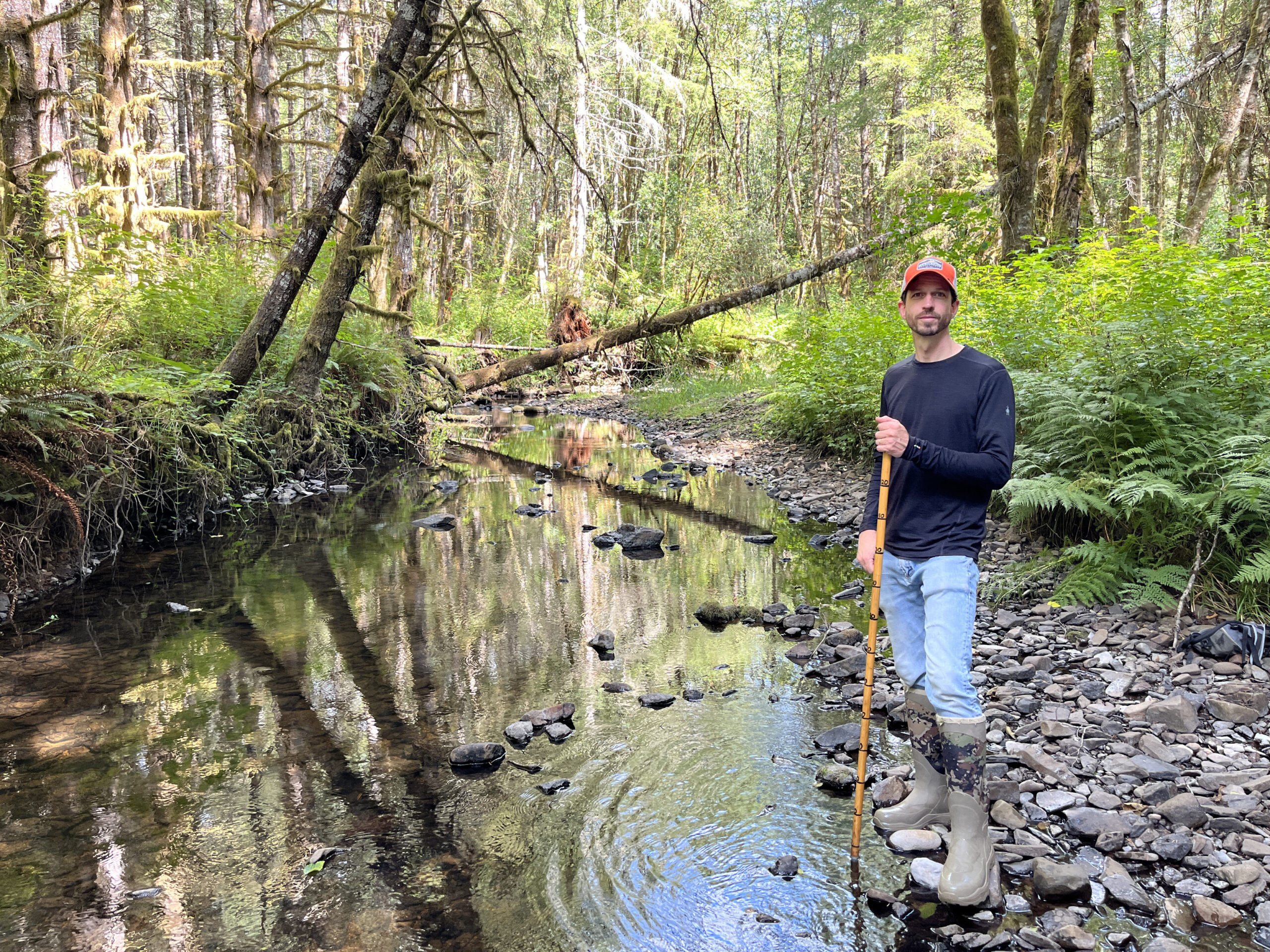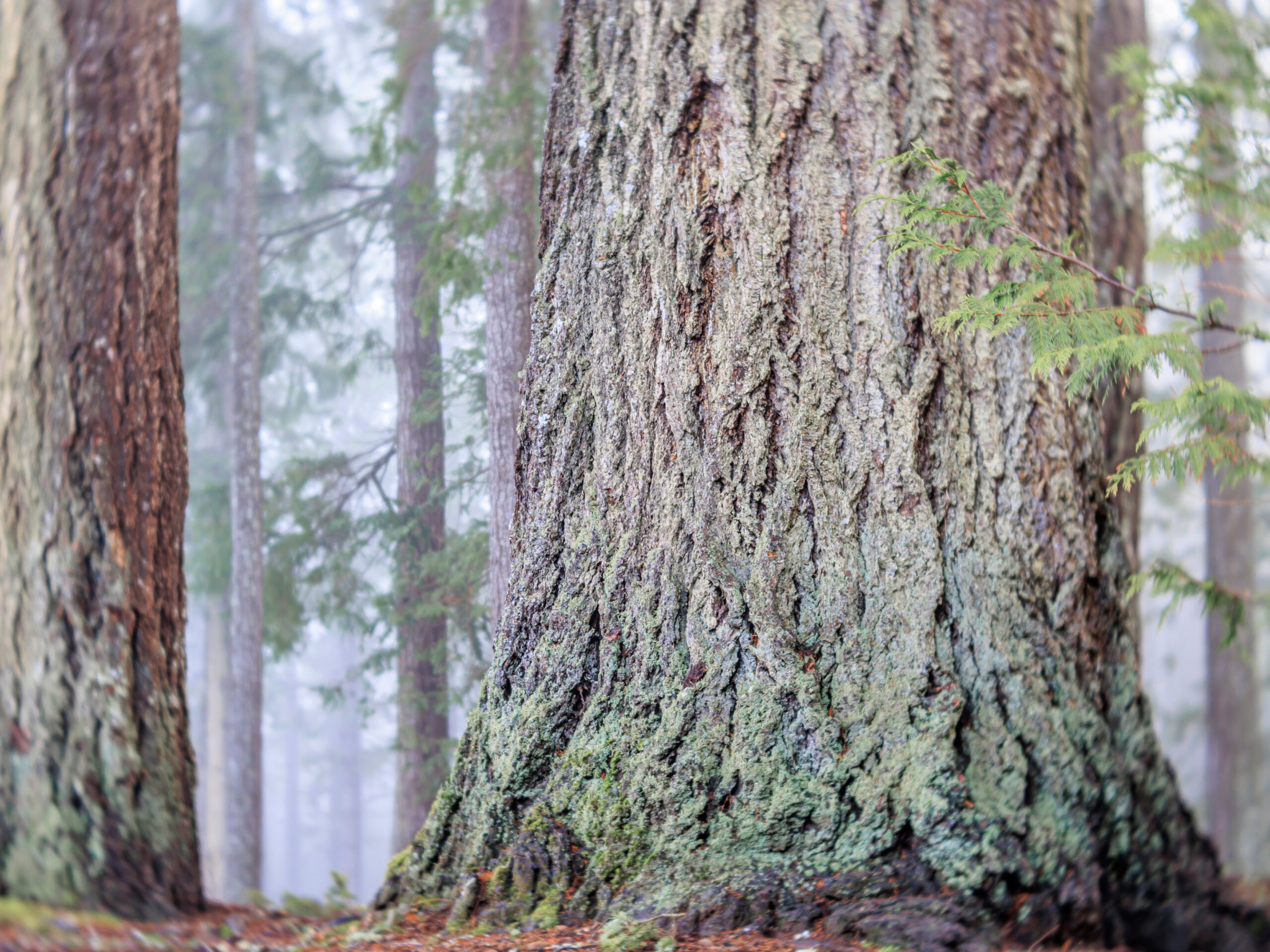We are excited to share some recent developments from the Instream Wood Bank. Since 2020, the Instream Wood Bank has supported aquatic restoration and salmon habitat improvement projects in the region by sourcing non-lumber wood and supplying it to partners at discounted rates. Our partners use these logs to return streams to conditions that existed before streamside logging and development resulting in oversimplified waterways lacking instream wood and pools for habitat.
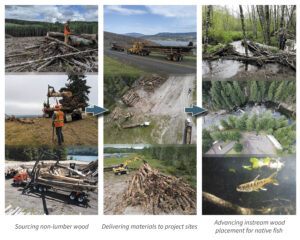
Our latest endeavors have taken us from the pine-dominated landscapes of Husum, WA, westward to the forests of Merrill Lake and the industrial timberlands around Toutle, WA.
We recently completed a movement of wood near Husum, WA for the Yakama Nation and Underwood Conservation District. Our partners from Mount Adams Resource Stewards identified the available wood for us and initiated the effort. We sourced around 200 logs with rootwads attached—ideal for instream placement. These logs will be used to build fish habitat on White Creek, which flows into Klickitat River, and Rattlesnake Creek, which flows into White Salmon River. We hired a local hauling team to pick up the wood and deliver it to our partners.
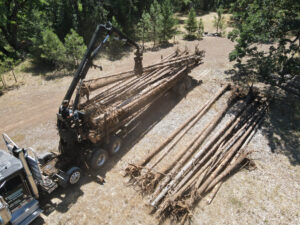
We have also procured approximately 150 cottonwoods and spruce for our long-term partners at the Lower Columbia Fish Enhancement Group. Rather than heading to the burn pile or pulp mill, these trees are enhancing habitat in the South Fork Toutle River. Remarkably, these logs hail from Weyerhaeuser timberlands, signifying an uncommon collaboration forged through numerous deliberations between our organization and one of the nation’s most prominent timber companies. We envision a future where such synergistic partnerships thrive, given the diverse array of prospects for utilizing this non-lumber wood in habitat restoration endeavors.
In addition to these two large wood movements, the Wood Bank was recently featured in a Washington Department of Natural Resources newsletter and another from Washington State University, which is distributed to small forest landowners in the state. This has led to a number of new connections, including recent conversations with private landowners near Merrill Lake who have several large truckloads of hemlocks that had fallen or were felled as hazard trees and were going to be sold as pulp. With the pulp market low at the moment, these landowners reached out to the Wood Bank and are finding a new home for their trees. We are currently ironing out logistics to carry out the haul later this month.
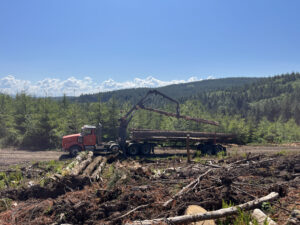
We are immensely pleased with how the Wood Bank has been going. This is exactly the niche it was intended to fill. We are identifying sources of non-lumber wood (or having landowners reach out to us as word of the Wood Bank has gotten around), and we are sending these logs to aquatic restoration sites across the region. This helps our partners carry out their important instream work for less money and with fewer trees being cut for those purposes.



